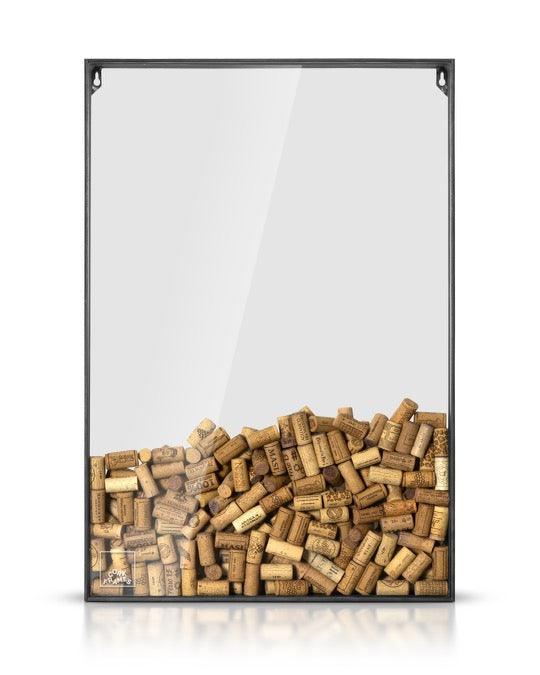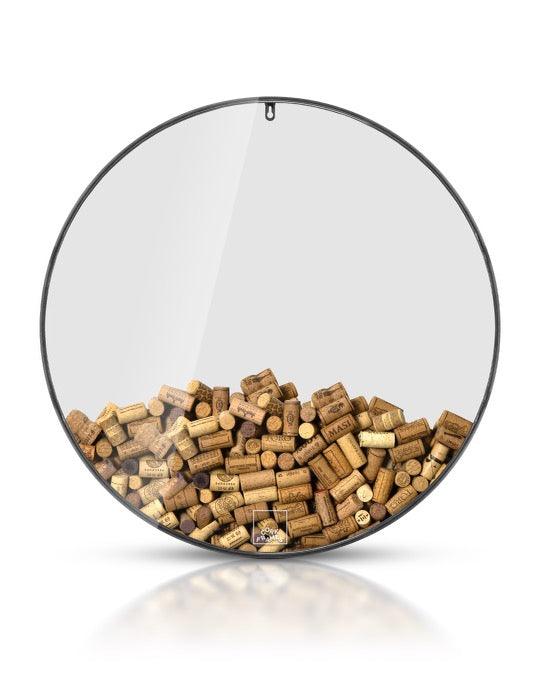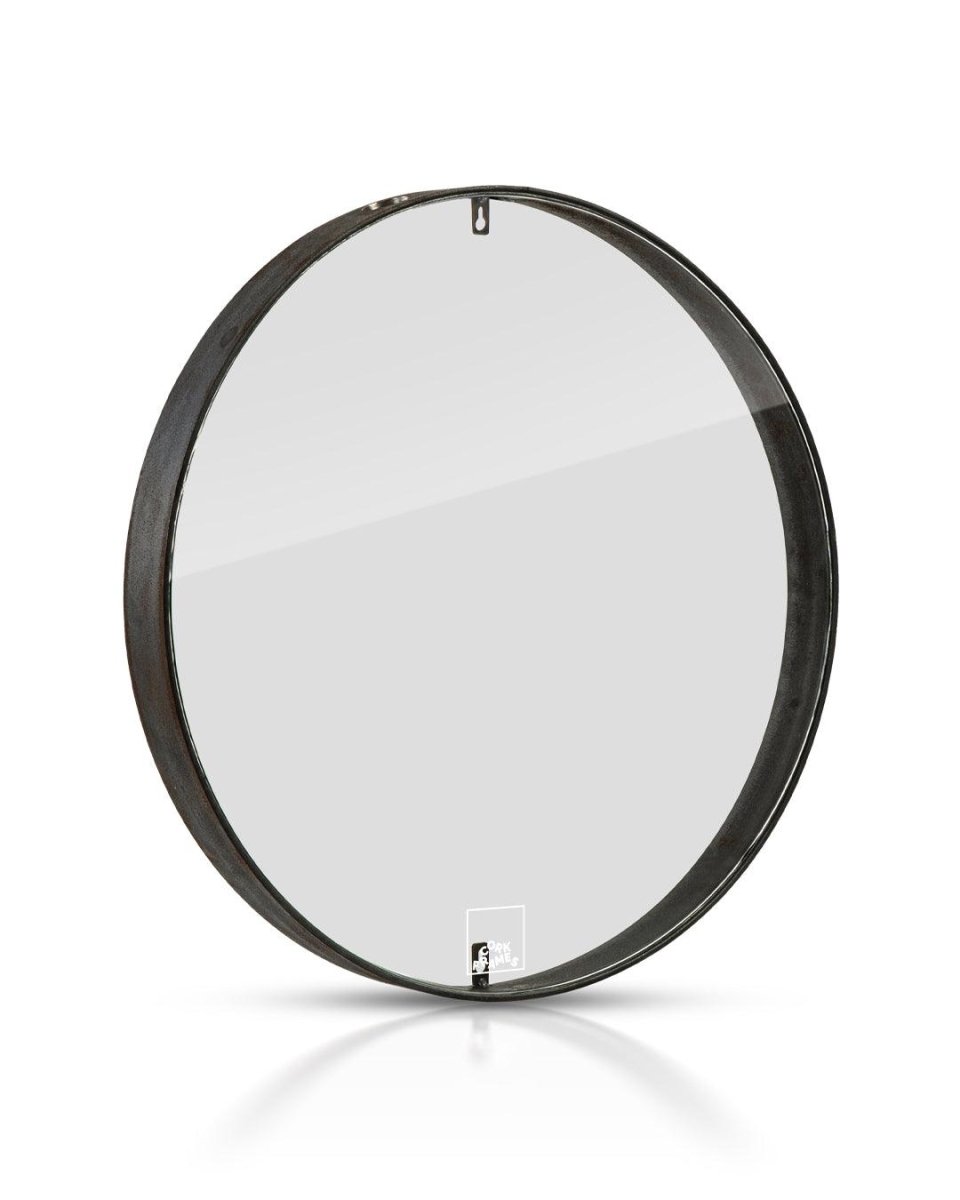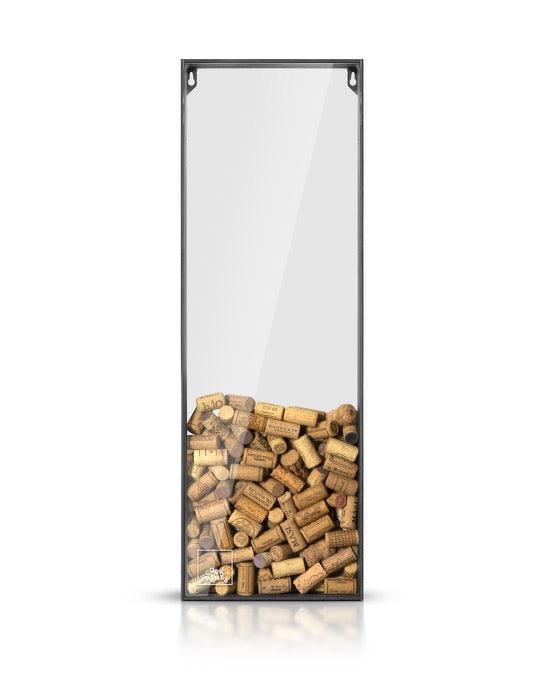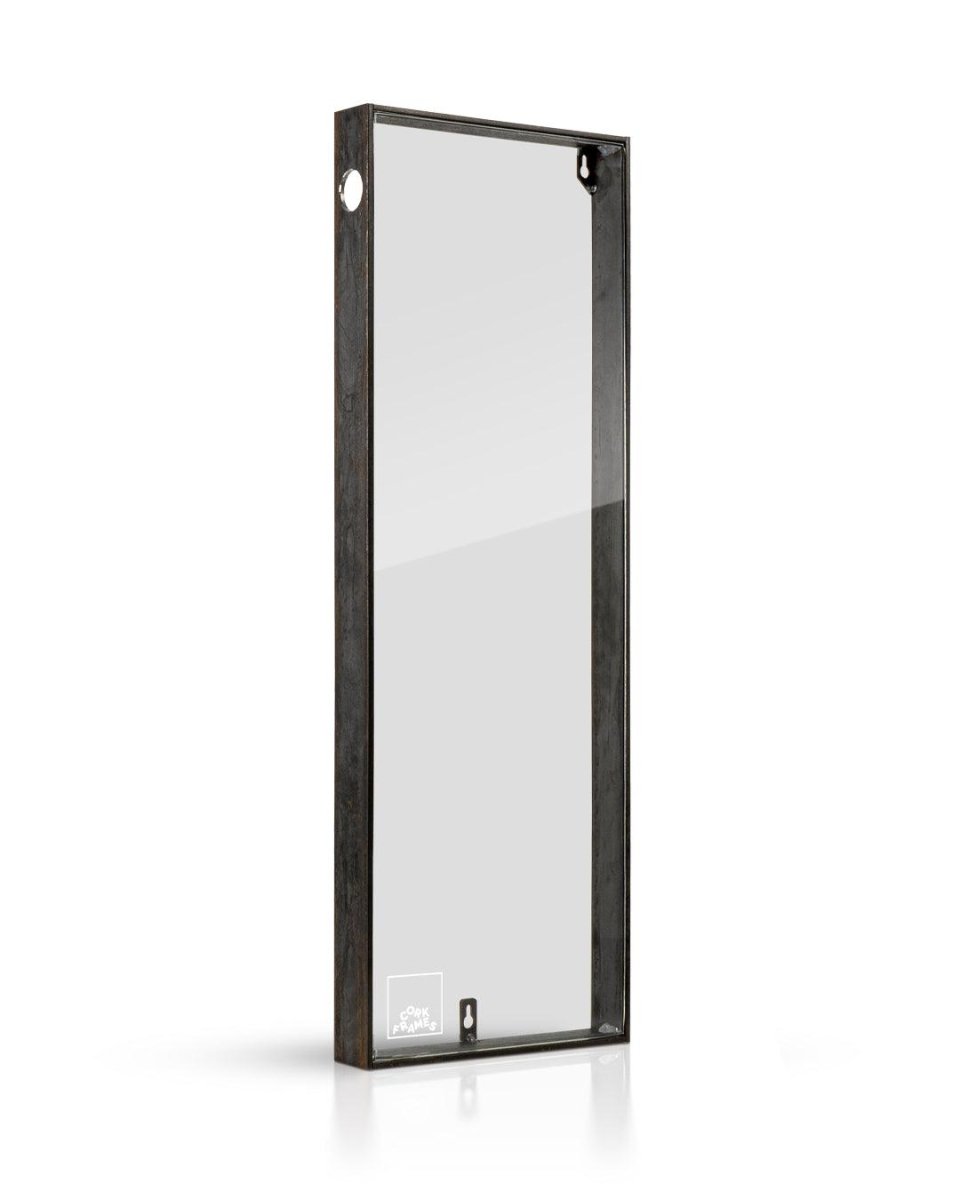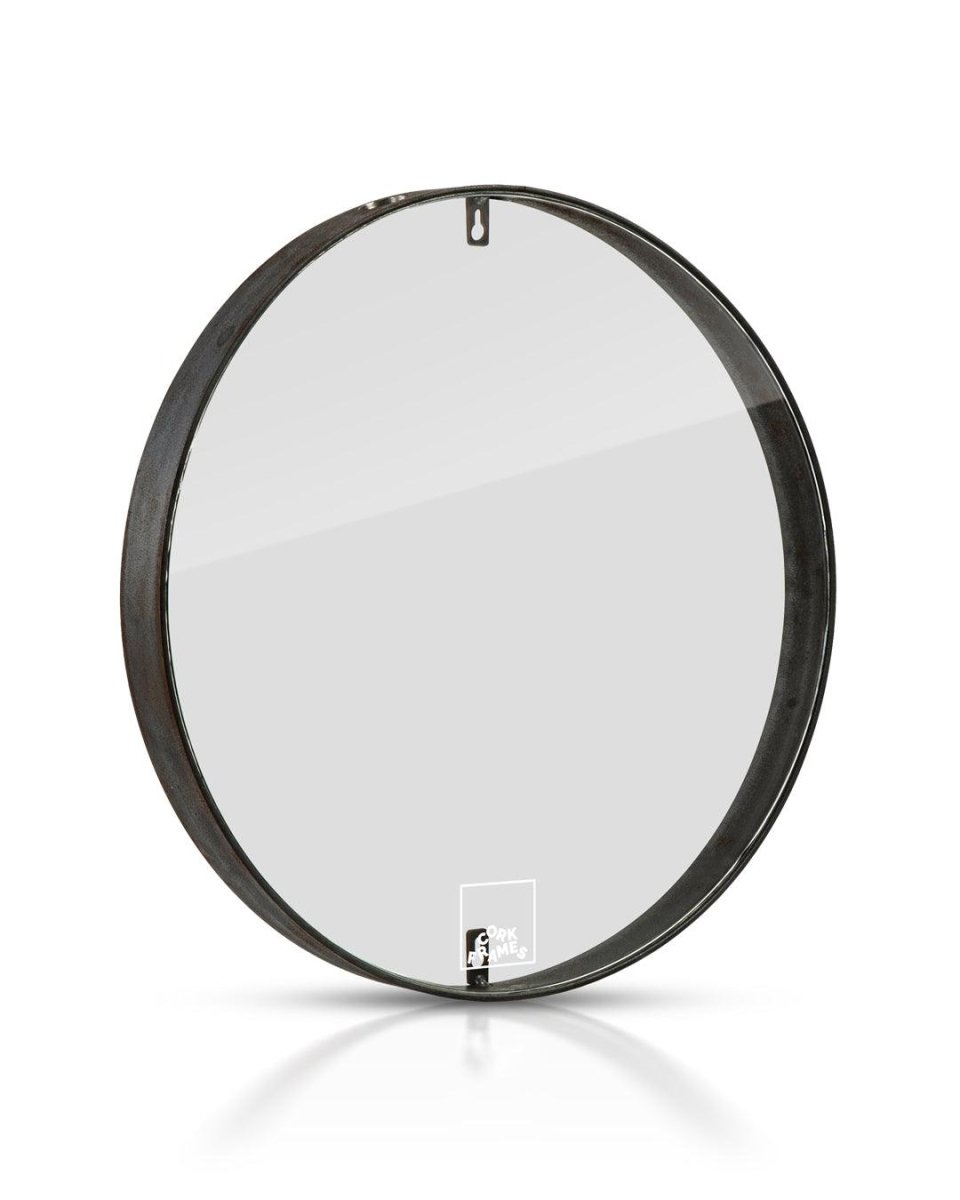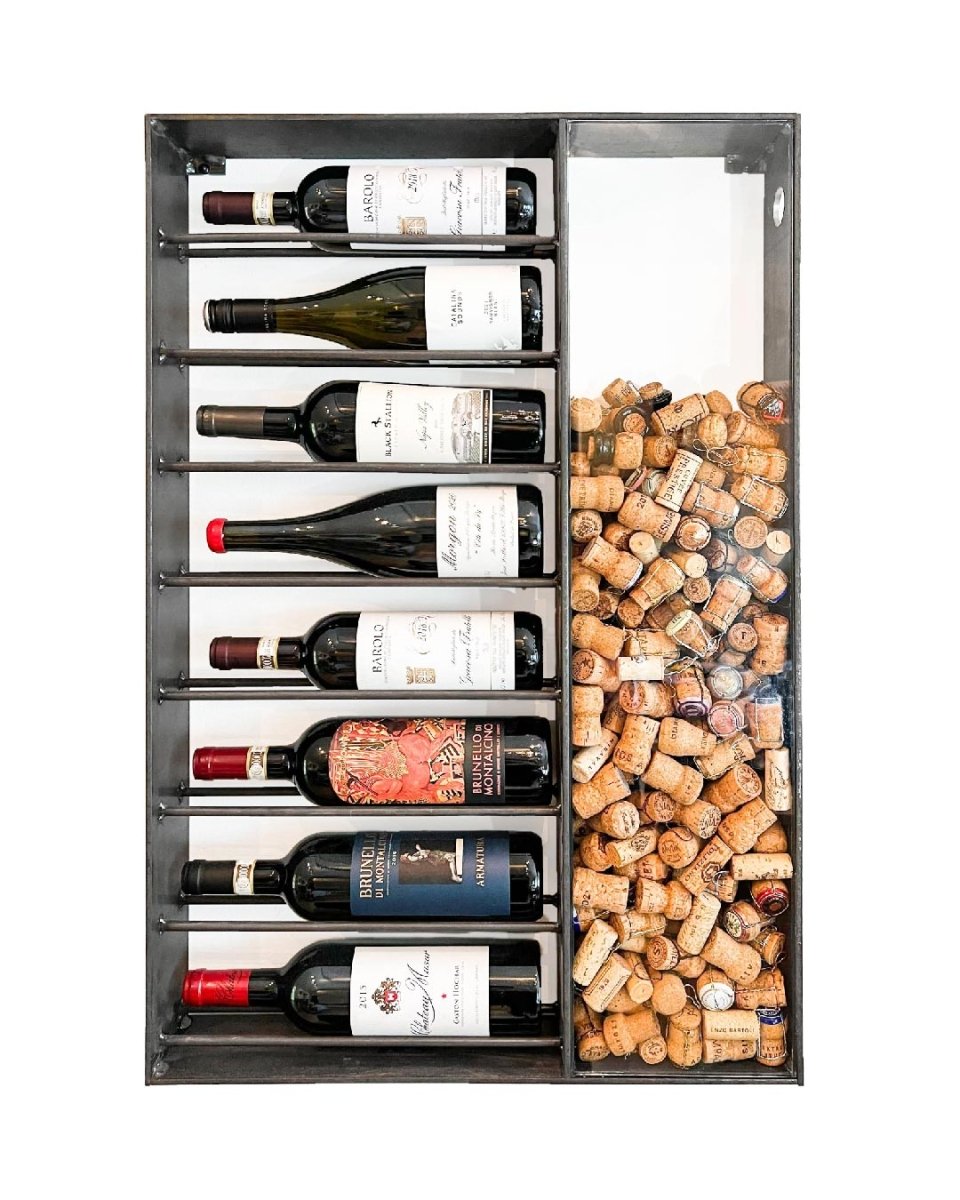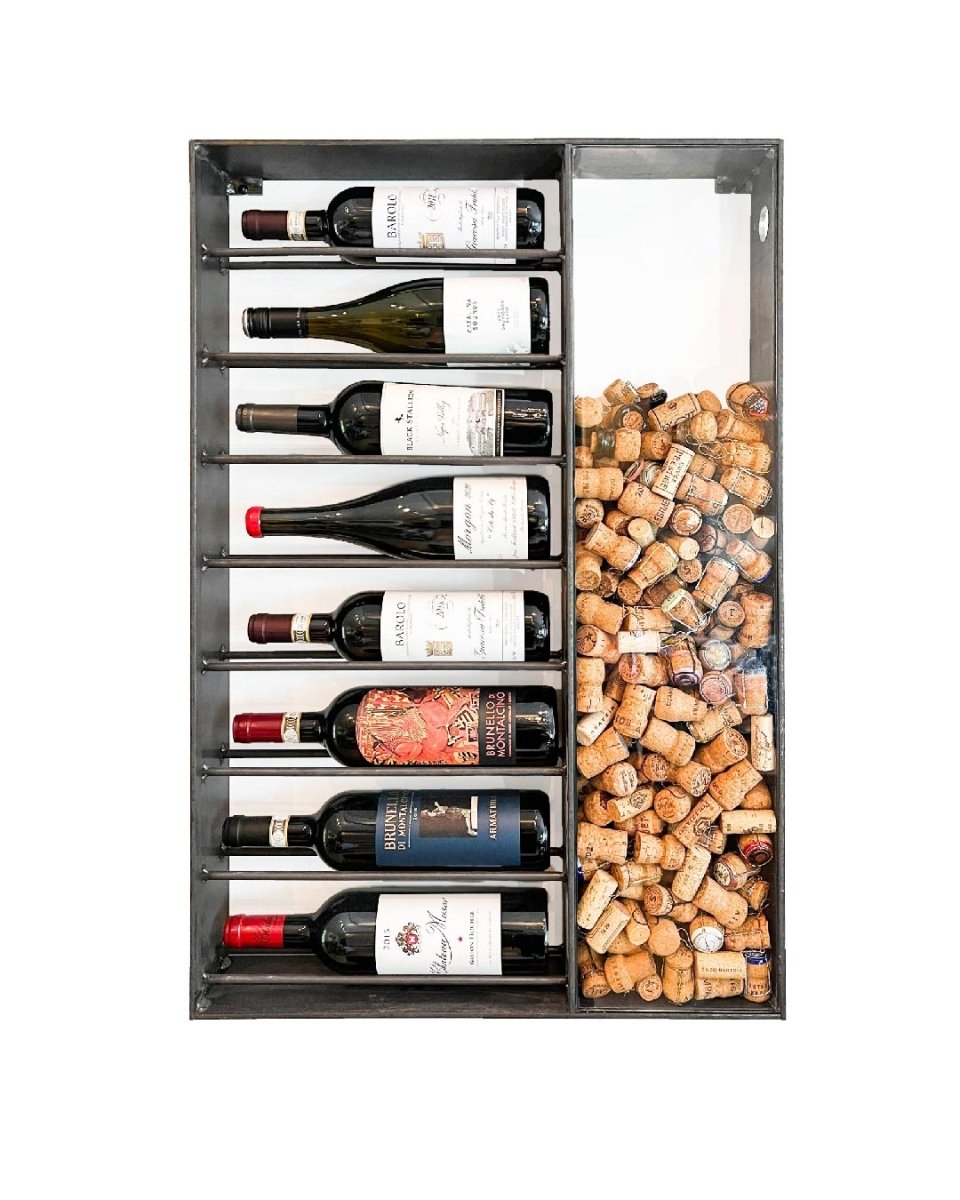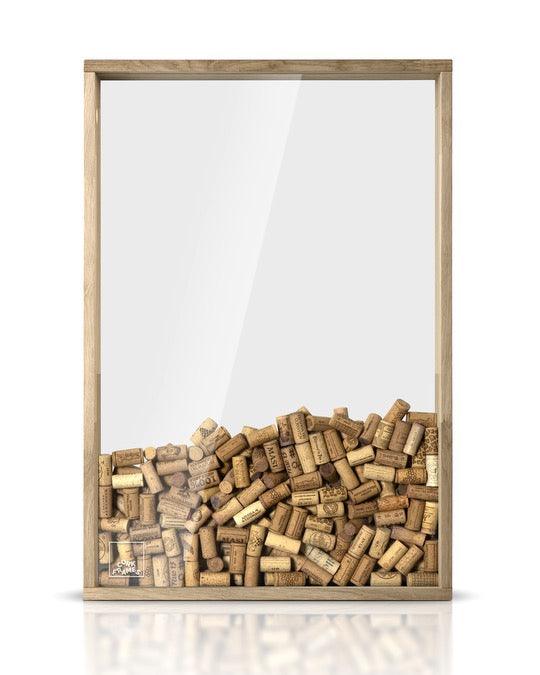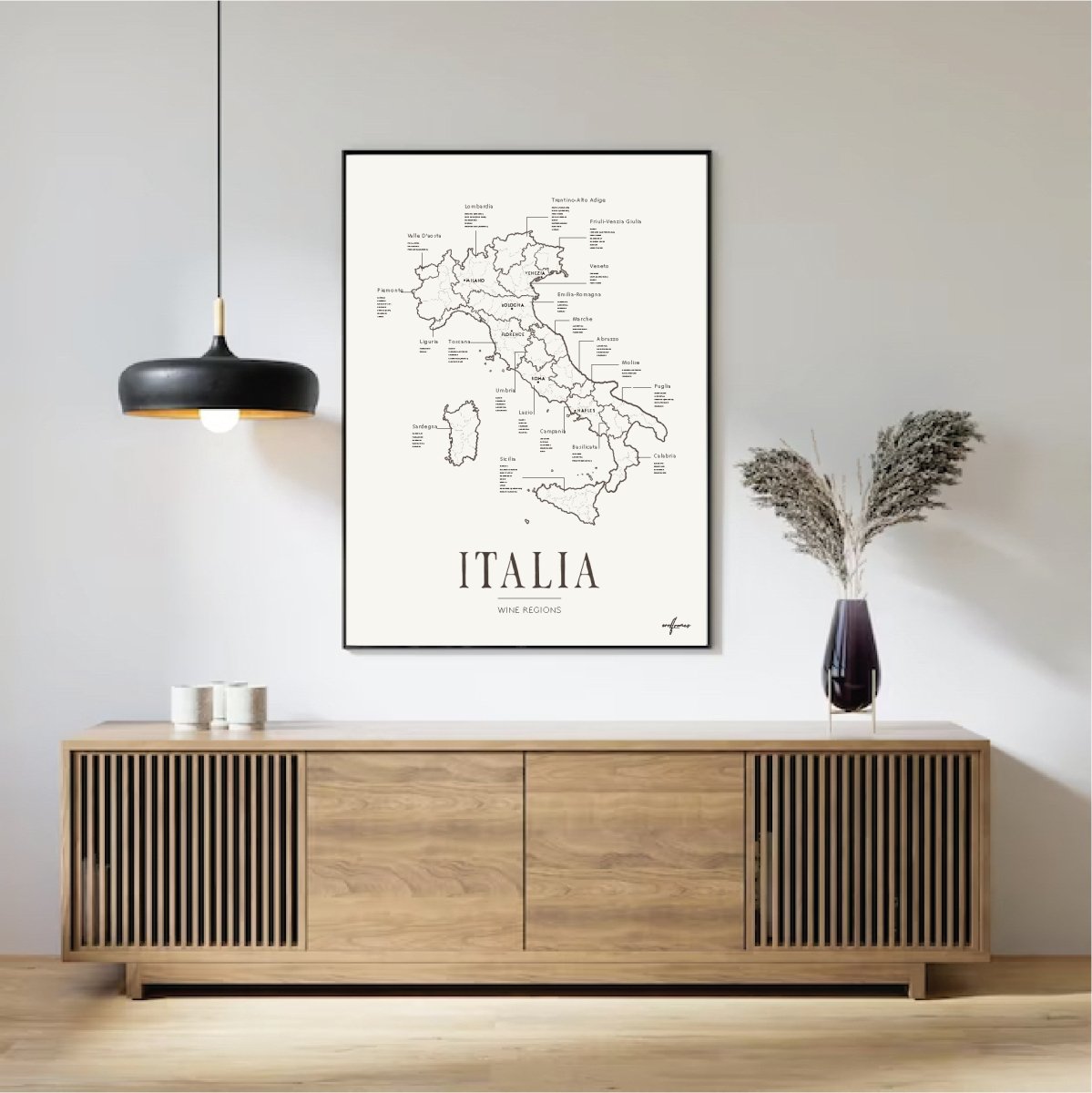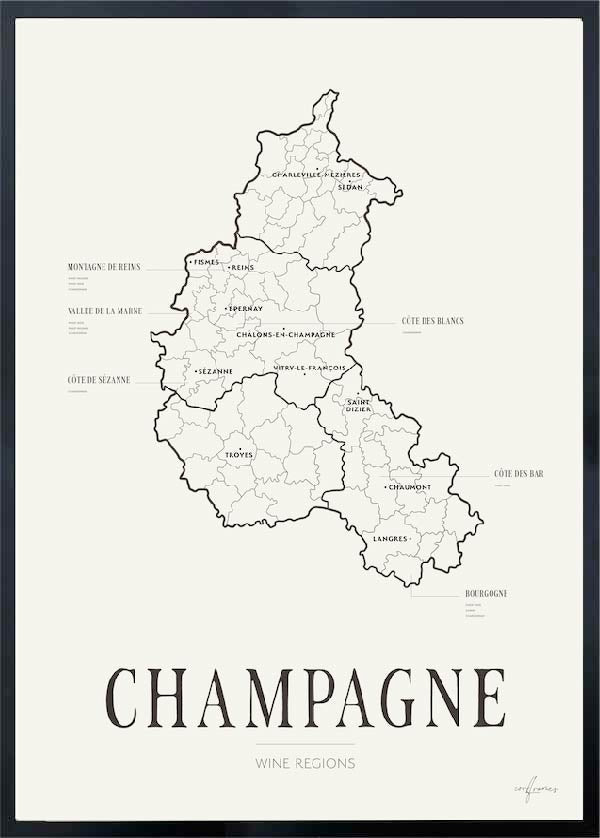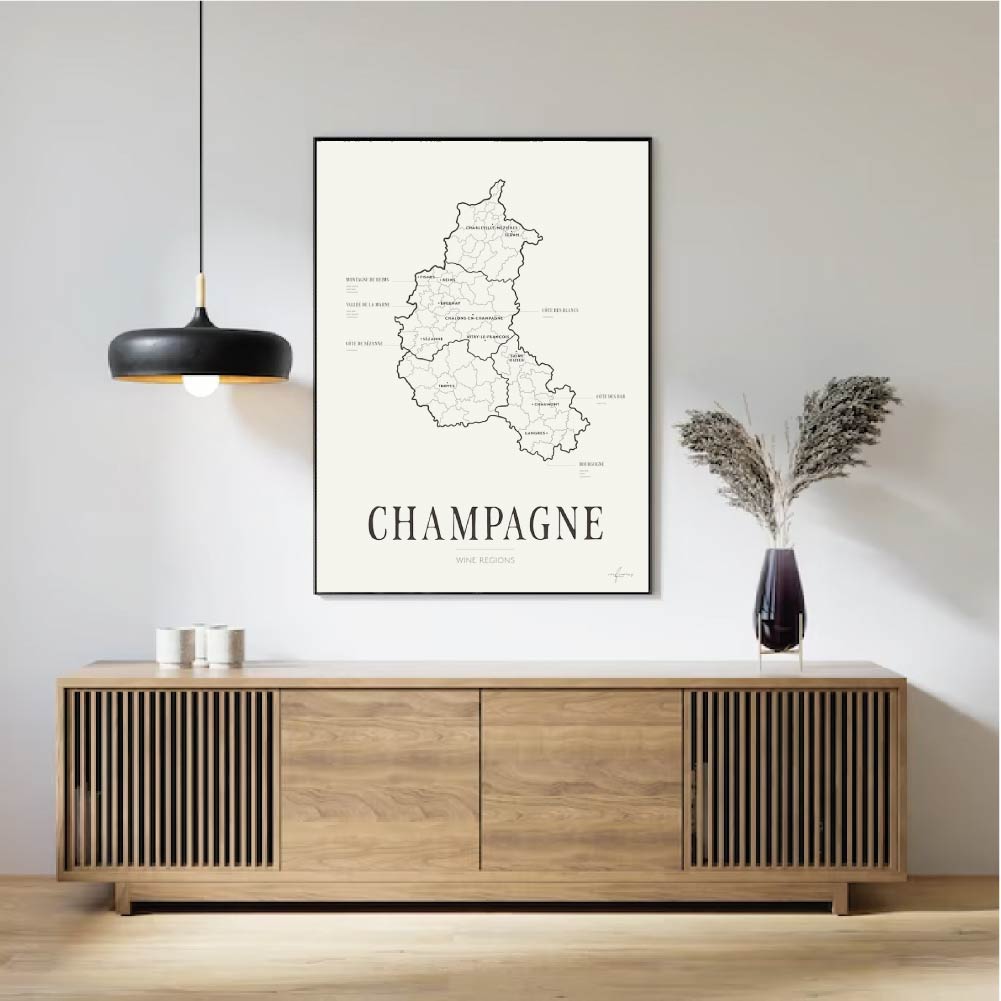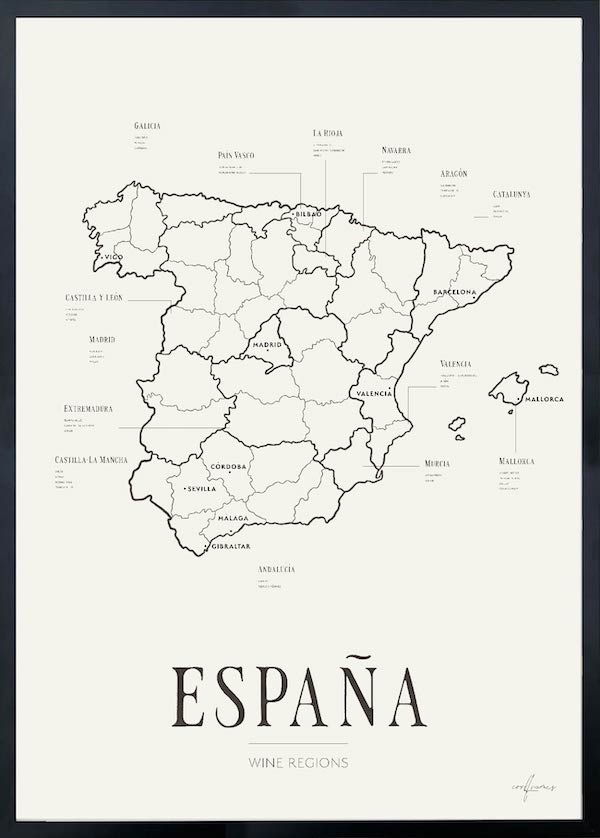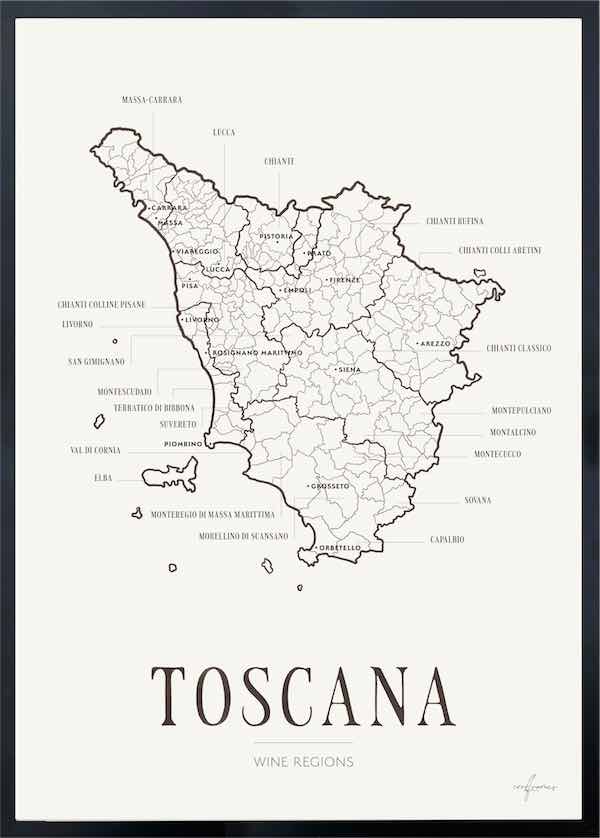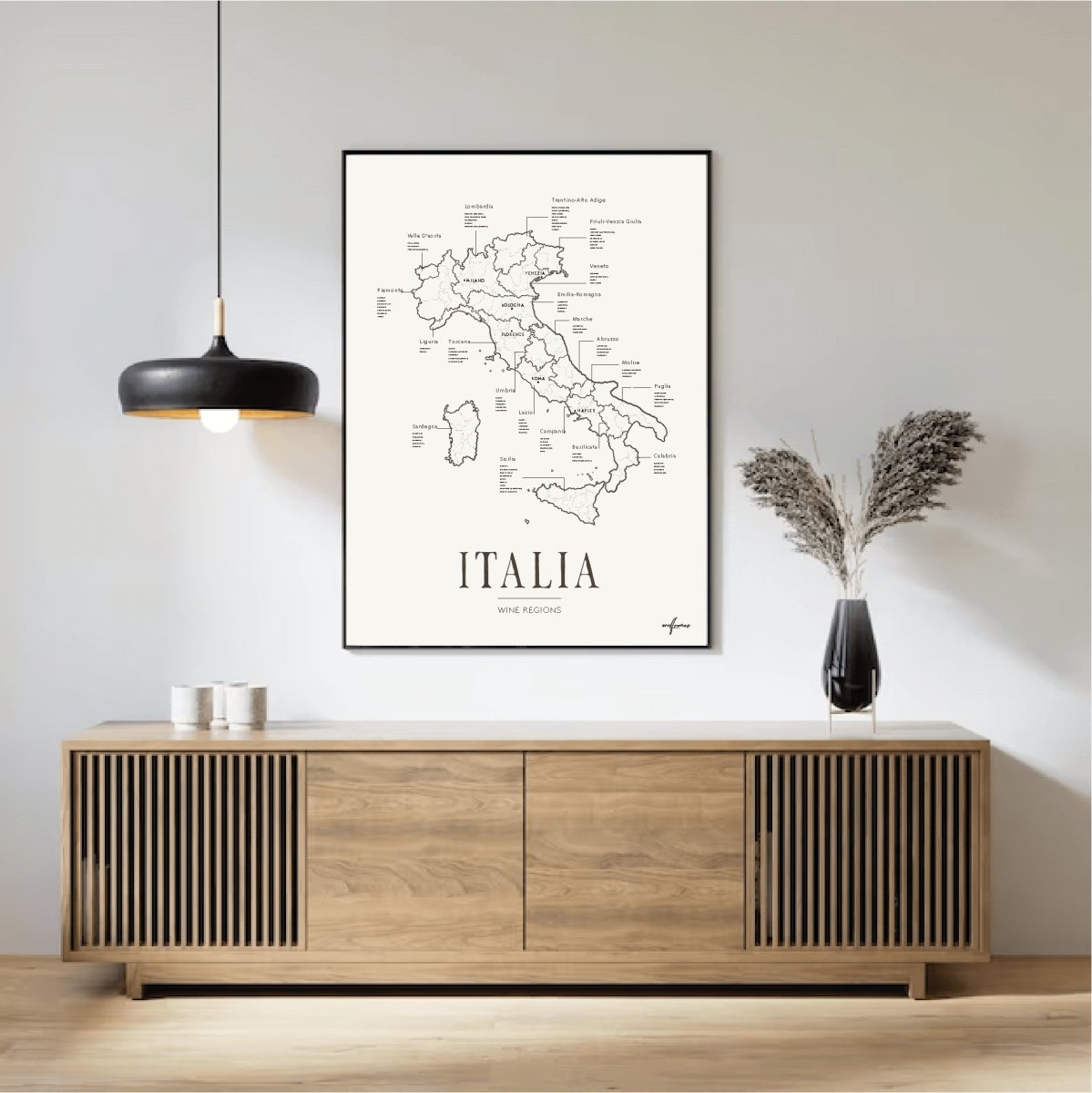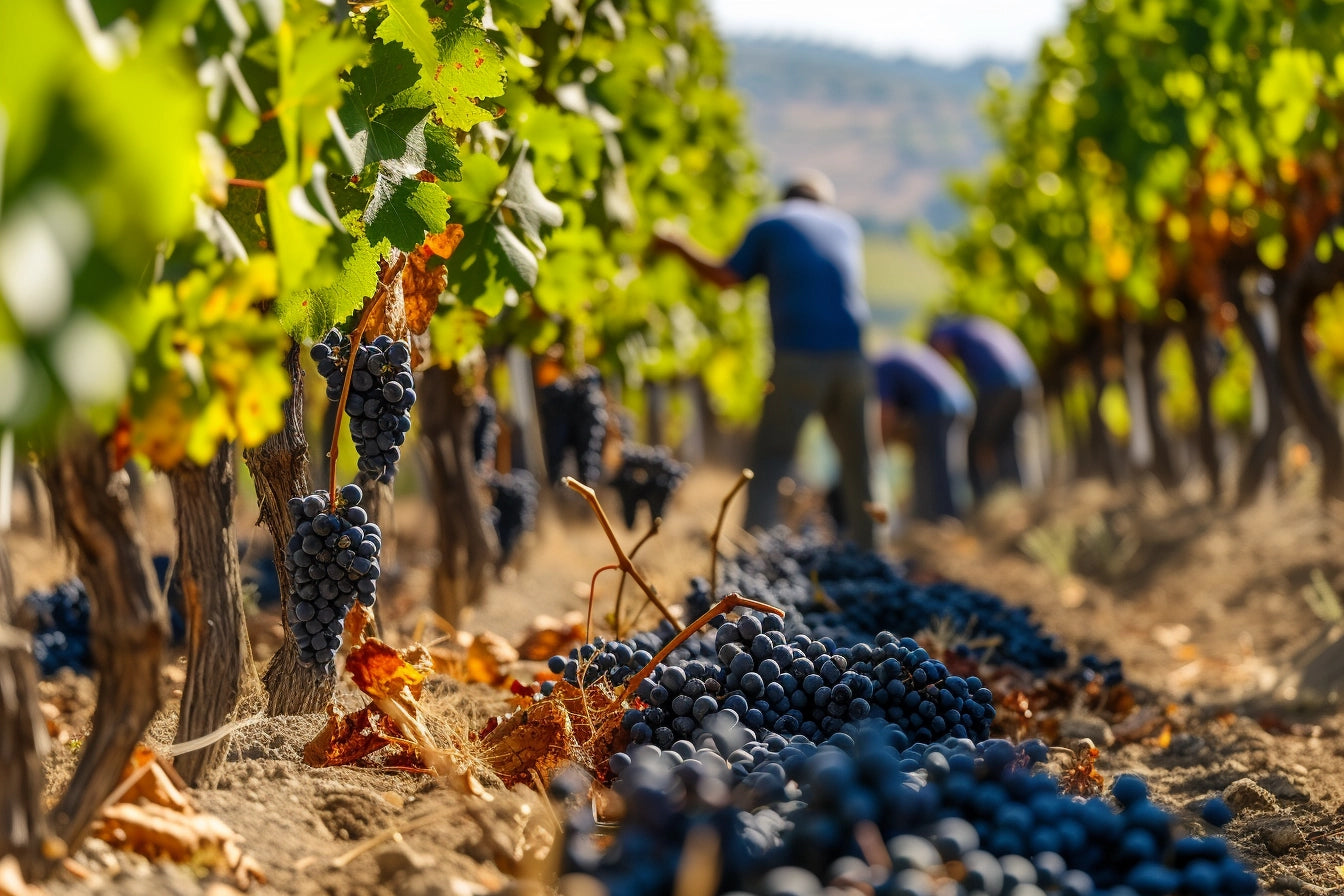Calvados is a refined and complex spirit – but what do all the different labels mean? Fine, VSOP, XO... It can be a bit confusing at first glance, but we’re here to clarify.
This is a simple, easy-to-understand guide to the most common Calvados classifications – so you know exactly what you're sipping.
Why Are There Different Classifications?
Calvados is aged in oak barrels, and the longer it’s aged, the deeper and more developed the flavor becomes. The classification on the label refers to the minimum time the spirit has spent maturing in oak – and is regulated under French AOC laws (Appellation d’Origine Contrôlée).
Common Calvados Classifications Explained
| Label | Minimum Aging | Flavor Profile |
|---|---|---|
| Fine (or Trois Étoiles) | At least 2 years | Fresh, fruity, with clear apple notes. A great starting point or for mixing. |
| Vieux / Réserve | At least 3 years | Slightly rounder and more mellow than Fine, but still bright and lively. |
| VSOP (Very Superior Old Pale) | At least 4 years | Balanced and complex, with hints of oak and soft vanilla. |
| XO (Extra Old) or Napoléon | At least 6 years (10 years in some areas) | Mature, rich, and deep. Long finish with notes of dried fruit, spice, and wood. |
| Millésime (Vintage Calvados) | Year shown = apple harvest year | Long-aged (often 10–20+ years), unique to each vintage. For collectors and connoisseurs. |
How to Choose the Right Calvados:
-
New to Calvados? Start with Fine – it’s fruity, approachable, and great value.
-
Want more depth? Try a VSOP or XO for richer, smoother, and more complex flavors.
-
For cocktails or desserts? Fine or Réserve work well in mixed drinks or with apple-based sweets.
-
For after dinner? XO or a Millésime makes the perfect digestif.






